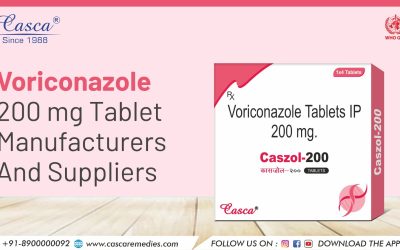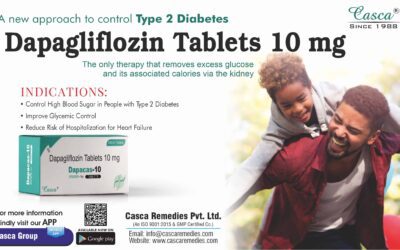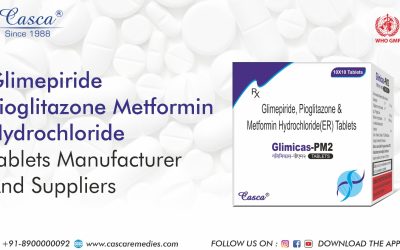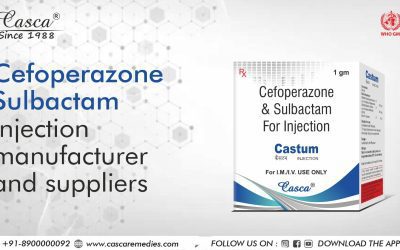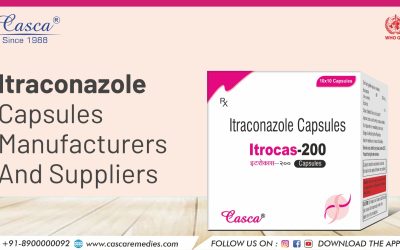Cosmetic Manufacturing Process

Understanding the cosmetic manufacturing process is essential when it comes to producing high-quality, profitable products.
This comprehensive step-by-step guide will take you through everything you need to know about the various processes and methods involved in cosmetics production – from raw material sourcing, formulation and mixing, to packaging, testing and quality assurance.
You will also gain insights into the different elements that go into creating a successful product, such as regulatory compliance and customer service. We will also discuss how to choose the right components, manage production timelines and costs while maintaining high standards of quality.
Whether you are a professional in the cosmetics industry or just starting out in this field, this guide will equip you with the knowledge and skills required to produce top-notch products.
Overview of Cosmetic Manufacturing Process
You’ve probably heard the phrase “time-is-money” and this is especially true in the fast-paced world of cosmetics manufacturing. The manufacturing process of cosmetics involves complex procedures, as any changes made to a product can carry serious implications—financial, political and social. With so much at stake, it’s no wonder companies are striving to increase their competitive edge by mastering their production processes.
To achieve this, an effective understanding of the various stages of the cosmetic manufacturing process is essential. The whole process can be broken down into four distinct segments:
- Formulation & Raw Materials Acquisition: The very first step of any cosmetics production is to decide on the raw materials that will be used to create the product.
- Testing & Quality Control: Once the raw materials have been acquired, they can be tested for quality in order to ensure that all specifications have been met.
- Production & Packaging: This phase involves using machines to blend and mix all of the ingredients together and then packaging them in appropriate containers.
- Distribution: The final step of cosmetic manufacturing is getting your products into stores or online for customers to purchase. Whether it’s through retailers or direct sales channels, you need a distribution plan in place that ensures your products get into the right hands at the right time.
With all these steps combined, it’s no surprise that having an effective manufacturing process is key for successful cosmetics companies looking to stay ahead in today’s competitive landscape.
Cosmetics manufacturing is a very complicated process. A cosmetics manufacturer must not only use appropriate technology, but also comply with a number of legal requirements.
| Table of contents |
| Cosmetics production planning and logistics |
| Manufacture of cosmetic material |
| Cosmetics packaging, or the final stage of manufacturing |
| Summary of the cosmetic manufacturing process |
Cosmetics production planning and logistics
Before the actual production process begins, careful planning and logistics must be in place. For instance, a cosmetic manufacturing company needs to ensure that the necessary raw materials and other ingredients are readily available in order to begin the production process.
The next step for the cosmetic manufacturing company in planning the cosmetic manufacturing process is to conduct the necessary tests to verify that the final product is safe for use. These include dermatological and application tests.
It also needs to create a suitable formulation for the product, accounting for factors such as ingredients, textures, and so on. Once this step is complete and the formula is deemed suitable for use, appropriate packaging must be designed and selected. The type of packaging will depend on what type of product it will contain—creams or powders must be stored differently than lipsticks or mascara—and should ensure sufficient protection and a tight seal for the cosmetics.
Finally, tests must be conducted to verify that the final product is safe for use. These include dermatological and application tests to verify safety and consistency. Once approved by a regulatory authority, expiry dates are assigned based on formulation and packaging requirements. With all these processes in place and approved, manufacturers can now begin producing their cosmetic products!
Manufacture of cosmetic material
Once all the necessary steps have been taken and all the legal requirements have been met, it’s time to move on to the next stage of the cosmetic manufacturing process: the manufacture of the cosmetic material.
In order to ensure that production quality is consistent and up to standard, a number of requirements must be met:
- The facility where the cosmetic material is produced must meet minimum standards for cleanliness, typically divided into special “clean zones” that can only be accessed by authorized personnel wearing clothing that has undergone cleanliness tests.
- Furthermore, all production processes must also adhere to strict procedures, such as leaching tests for chemical substances related to colorants or preservatives.
- It is also essential for production staff to be familiar with any particular products safety measures or best practices regarding storage and transport.
- Any raw materials used in cosmetics manufacturing processes should also meet clearly defined specifications in terms of purity and chemical composition.
the final stage of Cosmetics packaging and manufacturing
After the production of cosmetics has been completed, now comes the all-important process of packaging. In cosmetics manufacturing process Packaging is the last step. During this step, individual bottles, jars or flasks are filled with the final product and then properly labeled. In most cases, packing devices like pouring, capping and labeling machines are used to do this effectively and efficiently.
Just as with every other aspect in cosmetic manufacturing, hygiene is paramount. Strict standards for cleanliness must be met at this stage to ensure products meet safety requirements and customer expectations. In some cases sterilization is even used to prevent contamination of the cosmetics during and after packaging.
The packaging phase may be seen as just a finishing touch but it plays a huge part in ensuring that the quality of your cosmetically-produced products can stand up to the test of time and repeated use by customers.
Summary of the cosmetic manufacturing process
Any cosmetic manufacturing company should be aware that developing a product formulation is just the start of a long journey, namely the planning of the production process. Before the cosmetic can be marketed, proper packaging must be designed, and the product must go through a number of tests to ensure that it is safe to use. Quality control is key to ensuring that the composition of the finished product matches that of the original formulation.
When planning the cosmetics manufacturing process, it is important to remember that the supply of raw materials required for production must be guaranteed in advance . A number of requirements must be met in order for the finished products to be transported and stored safely. It is important to pay special attention to the strict cleanliness requirements of the production process that every Cosmetics manufacturing company must meet at the stage of cosmetic material manufacturing and subsequent packaging into individual containers.
If you’re looking for a third party manufacturing Company of machines for packaging cosmetics products, we invite you to visit our website, casca remedies, learn more about our offer and use the contact form. You can be sure that our experts will help you choose a solution that meets all your needs.
Creating a product formulation and designing the packaging are just the beginning when it comes to cosmetic manufacturing. Once these steps are completed, production planning must begin in order to bring the product to market. Here is a summary of the main steps involved in this process:
Production Planning
Production planning involves selecting the ingredients and materials needed for production, including raw materials, packaging materials, and equipment. The process also requires optimizing production processes to make sure the cosmetic is produced efficiently and cost-effectively.
Quality Control
Quality control is essential when it comes to cosmetic manufacturing. During this stage, tests are conducted to make sure that the composition of the finished product matches that of the original formulation. This helps ensure that consumers receive a safe, reliable product when they purchase cosmetics.
Testing
Testing includes both physical and chemical tests which verify that safety standards are met before products are released for sale. Toxicity tests may also be conducted during this stage to ensure consumer safety.
By following these steps carefully, you can rest assured that your cosmetic products will meet all safety standards and consumer expectations upon hitting store shelves.
Conclusion
With these fundamentals and knowledge of the many factors and processes involved, you can now confidently start or expand your own cosmetic manufacturing business. Making your own cosmetics is a rewarding, creative, and sustainable way to bring in revenue, and with the right tools and knowledge, you can achieve great success in the cosmetic industry. Comprehension of both raw materials and formulation and effective labeling, quality control, and packaging will help ensure you have the competitive edge when it comes to the production and marketing of your products.
